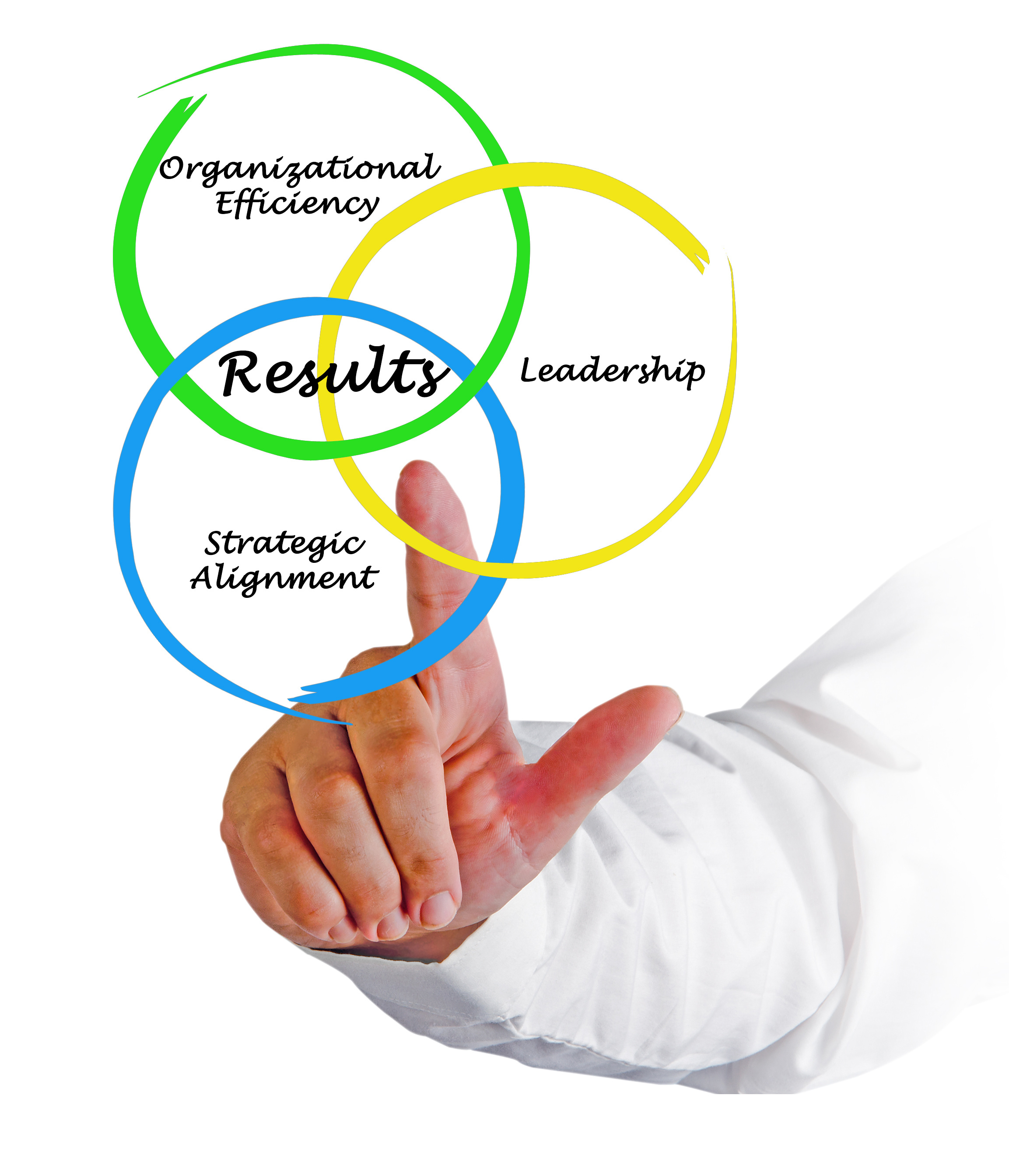6 Key consideration for your Business Enterprise Organisation Structure and Operating Model
.svg)



6 Key consideration for your Business Enterprise Organisation Structure and Operating Model
Business Enterprise Organisation Structure and Operating Model
Pushing the boundaries on performance
Many organisations fail to constantly seek to improve their business operating model, they become stuck in their old ways of operating and fail to take advantage of new supply sources, partnerships, JV’s and alliances. The CEO plays a pivotal role in challenging the senior leadership team to push the boundaries and strive for organisational and operating model improvements as part of a continuous improvement cycle.
Adapting Organisation Structure & Operating Model design
Geographic regions and markets vary, don’t fall into the trap of thinking that what works in one location or market will work in another. Smart organisations proactively work through the organisation structure and operating model design changes to maximise the likelihood of success as they move a product, service or idea from one market location to another.
Don’t neglect the cultural aspects of organisational change
For change to work, make sure that staff are aware of the threats posed and risks associated with not changing and raise awareness of the benefits being sought through the structural changes proposed. Help them to develop a positive mind-set towards the need for continual change so that they accept it and embrace it as the necessary norm in a rapidly changing world.
Agility is key
Many organisations have become too bloated with complexity and constrained with bureaucracy to be able to move quickly when they need to. As a result, change can take an exceedingly long time to implement. Smart organisations recognise that change is inevitable, and that the organisation needs to be designed to move quickly or itwill lose ground to the competition and fail. Simplifying the structure, flattening the layers of bureaucracy and putting in place lean, fast and decisive governance and processes will help to improve the agility of the organisation. In addition, reinforcing the need for change, empowering people to act, delegating authority and autonomy are all ways to gain people’s confidence, trust, buy-in and support to accelerate the process.

Recognising the inter-relationships between strategy and structure
Many organisations fail to appreciate the direct interdependency between strategy and structure. Many organisations define strategy and then expect management to simply implement the strategic plan set. In practice, the ability to execute the strategy is often limited, constrained or inhibited by the existing organisation structure and operating model in place. Smart organisations ensure that the structural changes necessary are carefully considered, the changes necessary are communicated and staff are aligned to the direction the organisation is heading in strategically and understand why the changes proposed are necessary.
No single optimum organisation structure and operating model exists
Many organisations struggle to appreciate that there isn’t a single optimal organisation structure, a best practice model that an organisation can follow to solve its problems. In practice, a range of structures will be required with a mix of traditional functions for core and support areas. Divisional structures to cover geographic, product, service, industry sector and customer diversity. Hybrid and matrix structures are popular in practice recognising the range of variations and perspectives to be balanced. Smart organisations recognise that the structure needs to be tailored to the context and situation that the organisation finds itself in and needs to be agile enough to adapt quickly as market needs change.








.svg)






.svg)

